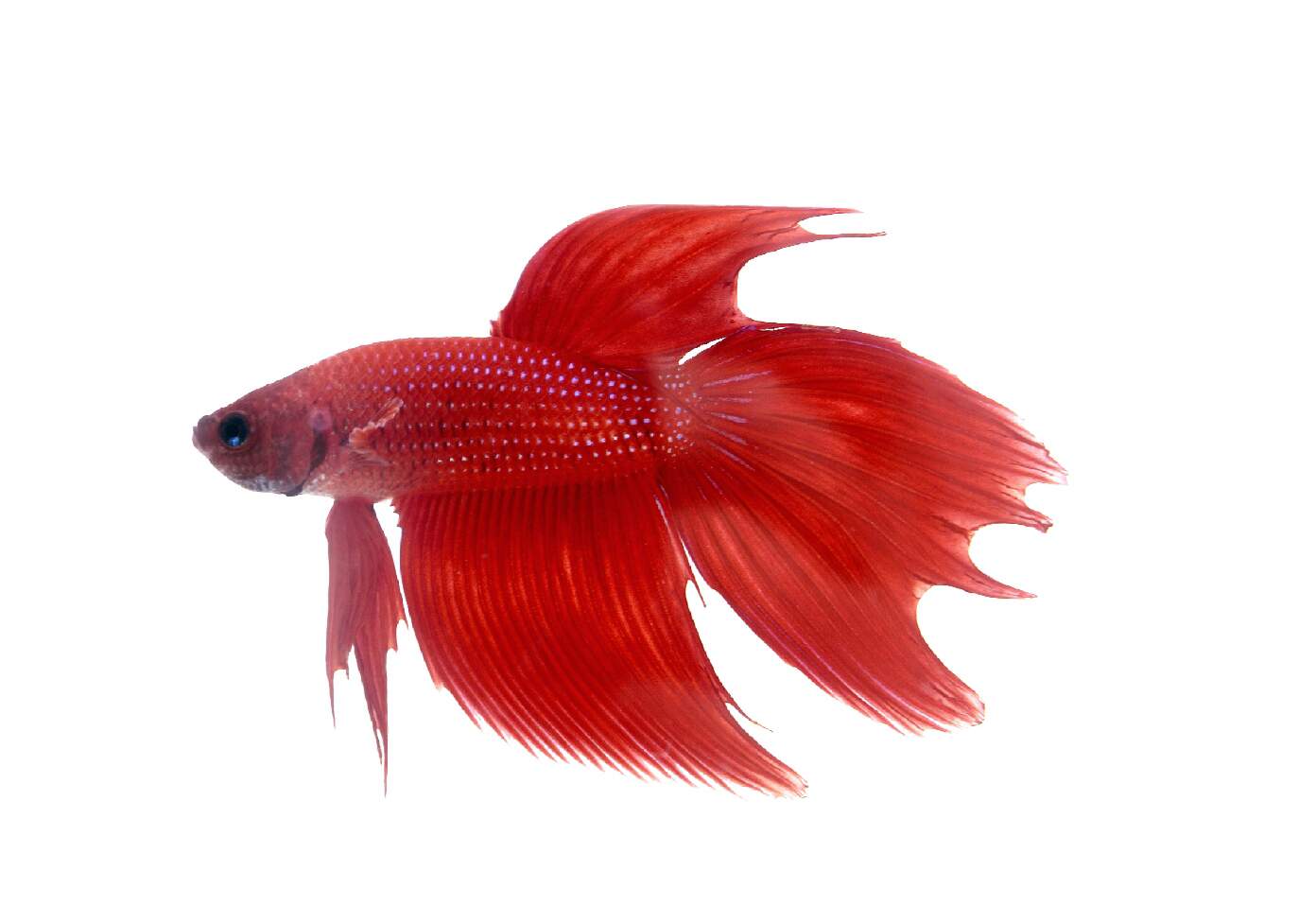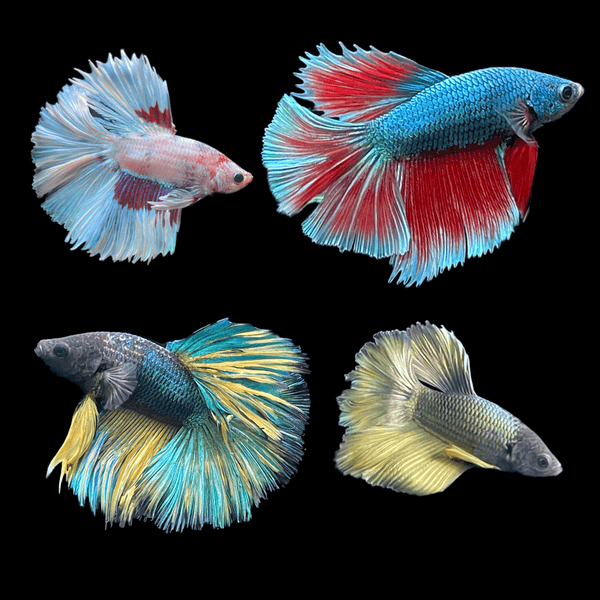Reproducing Betta Fish: a Comprehensive Step-By-Step Guide to Effectively Raising Child Bettas From Eggs to Their Adult Years
Reproducing Betta fish is a precise undertaking that requires cautious preparation and execution to guarantee the effective development of fry from eggs to develop fish. Picking genetically diverse breeding sets with preferable qualities is just the start; creating an ideal setting and understanding the ins and outs of the breeding process are just as important. As the male Betta faithfully constructs a bubble nest and guards the valuable eggs, the succeeding stages of treatment and transition need attention to information and knowledge of finest practices. Just how does one navigate the difficult yet fulfilling path of supporting these vibrant animals to adulthood?

Selecting Reproduction Pairs
When getting started on the trip of reproducing Betta fish, choosing the best breeding pairs is vital to accomplishing desirable attributes and a healthy lineage - betta fish. The initial step in this procedure is to determine the specific attributes you want to enhance or maintain, such as color, fin kind, and physique. It is necessary to pick genetically diverse sets to avoid inbreeding, which can bring about health and wellness issues and unfavorable qualities
Review prospective reproducing candidates meticulously. A healthy male Betta must exhibit lively colors, an energetic disposition, and well-formed fins, while the lady ought to also present vibrant coloration and a rounded stubborn belly, suggesting preparedness for spawning. Observing the temperament of both fish is important, as hostile or overly timid people might not breed effectively.
Keeping documents of the moms and dad fish's origins can aid you track genetic traits and potential issues. Eventually, investing time in the choice process will substantially improve the probability of generating solid, lively children that satisfy your breeding goals.

Preparing the Reproduction Storage Tank
Creating an optimal breeding atmosphere is a crucial action after selecting suitable sets for Betta fish. The breeding container must be specifically designed to give comfort and stimulate the all-natural breeding habits of the fish. Start with a container size of at the very least 10 gallons to make sure sufficient room for both the male and women Bettas.
Maintain a mild filtration system to maintain the water clean while preventing strong currents that can worry the fish. Additionally, an air rock can be included in give oxygenation without interrupting the water surface area too a lot.
Temperature guideline is important; aim for a steady series of 78-82 ° F(25-28 ° C) using a trusted heating unit. The pH degree should be preserved in between 6.5 and 7.5, and regular water adjustments are needed to ensure high water high quality.
Include floating plants or spawning sponges to develop hiding spots for the woman, while additionally encouraging bubble nest building by the male - betta fish. Guarantee the container is free from sharp decorations and any type of possible hazards, as the welfare of the fish need to always be prioritized during this essential phase of reproduction.
The Breeding Process
Usually, the breeding process for Betta fish includes a series of unique and evident habits that suggest readiness for reproduction. The male Betta begins by building a bubble nest at the water's surface, which serves as a site for the fed eggs. This nest is crucial, as it provides a safe environment for the eggs until they hatch out.
Once the nest is developed, the man will display courtship actions, such as flaring his fins and showing vivid shades to draw in the woman. The female, upon sensing the man's preparedness, will respond by displaying upright red stripes along her body, indicating her receptiveness.
The fertilized eggs after that drop to the bubble nest, where the male carefully accumulates and returns them to the nest. Following this, the male thinks duty for securing the nest and ensuring the safety and security of the eggs up until they hatch, usually within 24-36 hours.
Taking Care Of Betta Fry
Caring for Betta fry calls for careful attention to their atmosphere and nourishment to ensure healthy growth and advancement. After hatching out, Betta fry are extremely small and susceptible, demanding a secure and tidy habitat.
Feeding Betta fry is equally vital. Feed them tiny amounts numerous times a day, being mindful not to overfeed, which can lead to water top quality problems.
Transitioning to Grownup Bettas
As Betta fry mature, transitioning them to grown-up Bettas is a vital phase that requires Get More Information careful monitoring Bonuses of their setting and social communications. This process generally starts when the fry reach around 6 weeks old, whereupon they can be progressively introduced to a much more structured living environment.
To facilitate this change, it is important to ensure that the water parameters-- such as temperature, pH, and ammonia levels-- are optimum and steady. Grown-up Betta fish thrive in cozy water (around 78-80 ° F) with a pH of 6.5 to 7.5. Progressively acclimate the fry to these problems to decrease stress.
Social communications are another crucial variable; man Bettas are notoriously territorial and hostile. It is recommended to different males right into individual tanks as they mature. Female Bettas can be housed with each other, however treatment needs to be required to keep track of for signs of hostility.
Additionally, dietary modifications ought to be made as the fry expand. Incorporate high-quality pellets and live foods to support their development and wellness. By managing these elements properly, you can advertise a successful transition to their adult years for your Betta fish.

Conclusion
Effective breeding of Betta fish calls for mindful attention to information throughout the entire procedure, from choosing genetically check this site out diverse sets to providing optimum care for fry. In addition, a balanced diet regimen and progressive adaptation to grown-up environments are vital for the growth and growth of Betta fish.
Comments on “Betta Fish Treatment: Crucial Tips for a Healthy And Balanced and Satisfied Pet Dog”